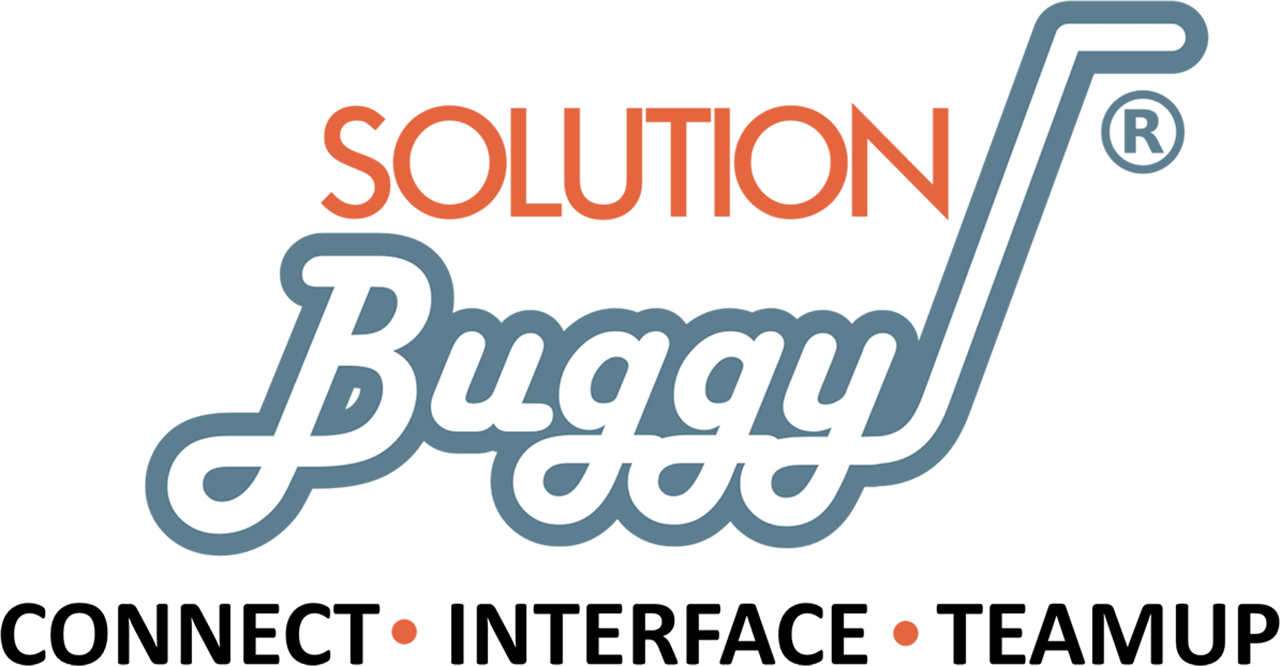Influence of materials properties on process planning effectiveness

Materials management can deal with campus planning and building design for the movement of materials or with logistics that deal with the tangible components of a supply chain. This includes the acquisition of spare parts and replacements, quality control of purchasing and ordering such parts, and the standards involved in the ordering, shipping, and warehousing.
In any integrated Materials management environment, planning for getting the materials is the starting point for the whole Material Management function. The procurement function is set by materials planning and the subsequent material function rolling.
 |
| Source: Wikipedia |
Material planning is a scientific way of determining the needs of the industry with raw materials, consumables, spare parts, and various other materials needed to meet the given production plan for a definite time. Material planning is inferred from the planning of the overall organizational planning and hence it is a part of the main organizational plan. Process planning is used through the incorporation of computer-aided tools to enhance the evaluator impact of the design and manufacturing functions. Algorithms and expert systems are incorporated in the software tools used. The materials-related implication is examined that influences design for manufacturing issues.
To analyze the sensitivity of the effectiveness of the process plans with respect to changing attributes of material properties use of generative process planning software tools are used. There is a shift in regard to cost and production rates of process plans regarding exploring of variations in specific material properties. The effect of changes in material properties with respect to the design of a specific product that is prismatic and is produced exclusively by machining processes is analyzed by the research.
The three process plans that have been developed illustrate the importance of consideration of alternate work materials without impacting the product functionality, in attempts to decrease production cost, increase quality, and increase throughput. The results for the three process plans show their effectiveness as related to the utilization of the product, process, and system-level parameters such as surface finish, heat-treated condition of the material, geometry, material hardness, melting point, production quantity, cutting tools, cutting fluids, cutting conditions, and machine tools. The machining cost, tool cost, production rate, and throughput are included in the criteria for effectiveness.
There are various factors affecting Material planning namely macro factors and micro factors.
Macro factors include all the global factors like price trends, business cycles, government’s import and export policies, etc. Banks follow the guidelines only while extending financial support to a business entity as the credit policy of the government is a crucial factor.
 |
| Source: dataworksinc.com |
Micro factors are the factors existing within the organization like corporate policy on Inventory holding, production plan, investments, etc. A lead time of procurement, acceptable inventory levels, working capital, seasonality, a delegation of power are micro factors for some of the factors for any organization.
For planning materials, there are various techniques for some period of time. The commonly used are Materials Requirement Planning (MRP) and Requirement based on past consumption. Materials requirement planning is the initial stage of the annual production plan of the manufacturing concern. After the annual production plan is determined by the firm then the overall material needed to meet the production plan is worked out. It contains the detailed analysis of the materials and quantities needed for use, materials with quantities available for use and hence needing procurement, the actual lead time of procurement, etc.
There is always a situation where some parts of an assembly are available and some others are not available and bills of materials are explored. The production plan includes quantifying all the materials or components needed. Bills of materials are a list displaying the code, nomenclature of an item, its quantity, the location of use, and also the estimated price of each component. A series of bills of materials together in a matrix form an explosion chart and this makes the combination of the various components.
Register at SolutionBuggy to find material management and manufacturing consultants/experts in quick time and get your projects done.
SolutionBuggy is an exclusive and dedicated platform for the Manufacturing Sector in India. It seamlessly bridges the gap between the industrial sector and professionals for on-demand consultation and services including projects. It connects SMEs and Large Scaled Industries with Industrial Consultants/ Experts and Industrial Product Suppliers over the internet for collaboration and success.
It is an integrated platform wherein industries can share their issues/ problems and post requirements; consultants/ experts can showcase their capabilities and offer services and solutions and suppliers can list their products to match the industry requirements.
Follow us at
270,527 total views, 161 views today
Talk to Our Expert
Solutions For
Reach Us
Bangalore (Head Office)
#249, 2nd floor, 14th Main Rd, Sector 7, H.S.R Layout, Bangalore - 560102.
Across India : Delhi | Pune | Mumbai | Chennai | Ahmedabad | Hyderabad | Kolkata, and 30+ major cities across India
Copyright © 2024 SolBuggy. All Rights Reserved
Consult NowCall UsWhatsApp(24/7)

